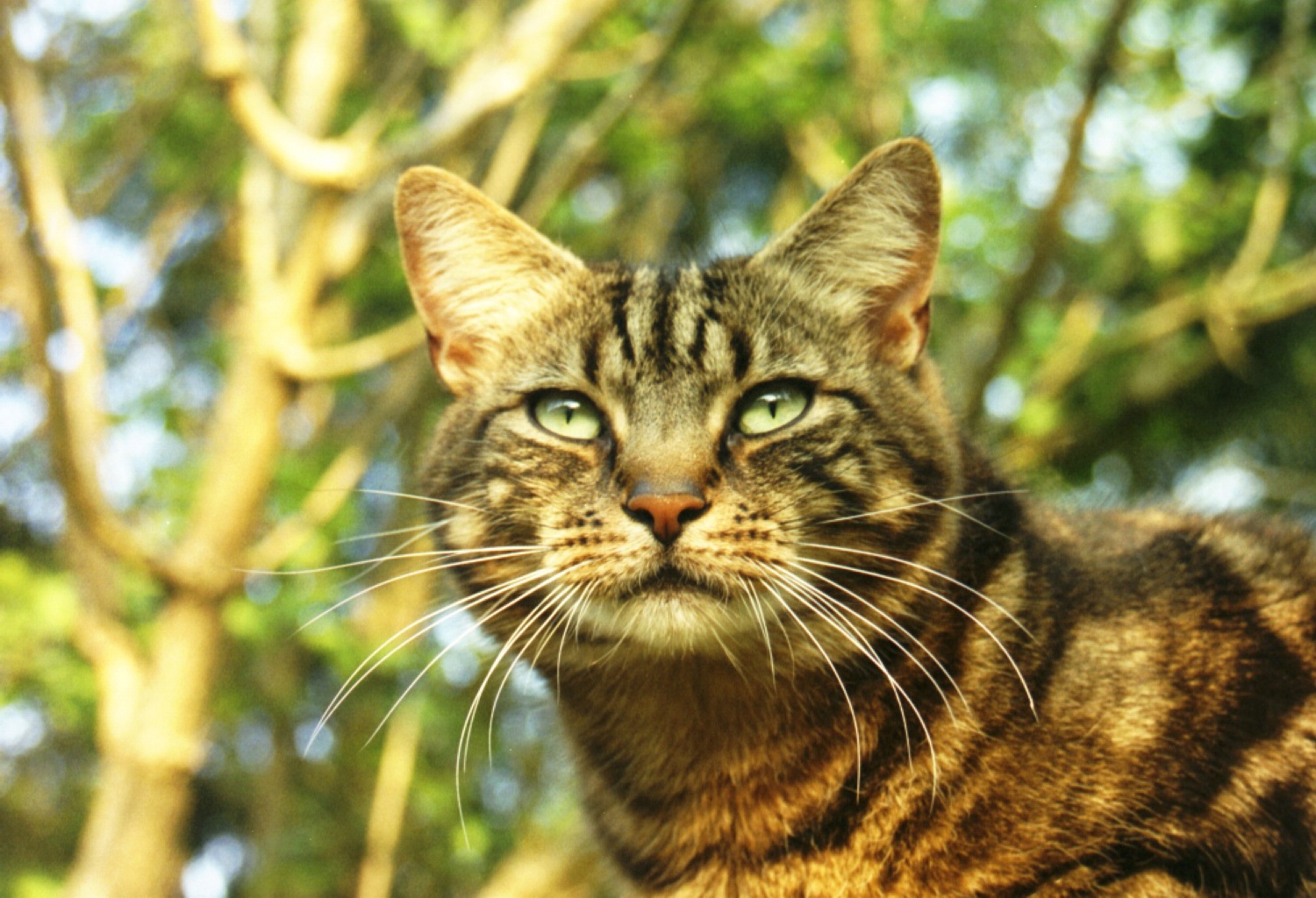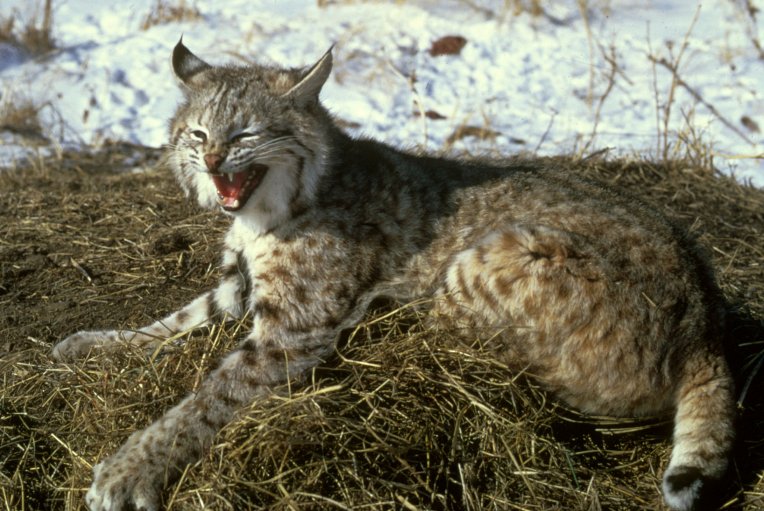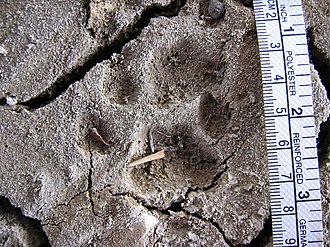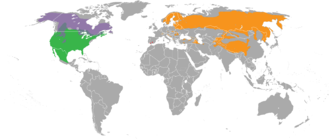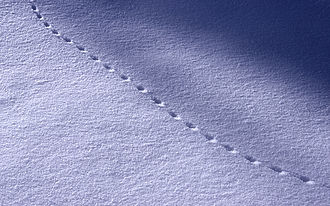Difference between revisions of "AY Honors/Animal Tracking/Answer Key 2/es"
From Pathfinder Wiki
< AY Honors | Animal TrackingAY Honors/Animal Tracking/Answer Key 2/es
(Created page with "{{clear}}") |
(Created page with "{{clear}}") |
||
| Line 59: | Line 59: | ||
{{clear}} | {{clear}} | ||
| − | + | {{clear}} | |
| − | {{ | ||
| − | |||
| − | |||
| − | |||
| − | |||
| − | |||
| − | |||
| − | |||
| − | |||
| − | |||
| − | |||
| − | |||
| − | |||
| − | }} | ||
====Cat==== | ====Cat==== | ||
Revision as of 18:22, 16 February 2021
| Huellas de animales | ||
|---|---|---|
| Asociación General
|
Destreza: 1 Año de introducción: 1976 |
|
Requisitos
| Conexión Logros para la Investidura: Esta especialidad está relacionada con los requisitos de Logros para la Investidura para COMPAÑERO Estudio de la naturaleza que requiere «Hacer figuras de yeso de tres diferentes huellas de animales.». Esta especialidad es una elección popular para la especialidad de la categoría de Estudio de la naturaleza de nivel de destreza 1 requerido para los COMPAÑEROS DE EXCURSIONISMO. |
Adventist Youth Honors Answer Book/Nature/Animal Tracking/Basic Casting Techniques/es
Hacer moldes de pistas en la nieve
Es difícil hacer moldes de La nieve porque no es tan firme como el barro. Además, el yeso genera calor cuando se mezcla y esto fácilmente puede derretir la nieve que rodea la pista. Sin embargo, las pistas son mucho más fáciles de encontrar en la nieve y el molde sí se puede hacer si se tiene cuidado.
Cat
Cat (Felis silvestris)
Descripción:' This is, of course, the standard house cat. Note that cats have retractable claws, and they retract them when they walk. You should not find any claw marks in a cat track.
Lynx and Bobcats
Lynx and Bobcats (Lynx spp.)
Descripción:' Lynx have short tails and characteristic tufts of black hair on the tip of the ears. They have a ruff under the neck, which has black bars (not very visible), resembling a bow tie. They have large paws padded for walking on snow and long whiskers on the face. The body color varies from light brown to grey; and occasionally, is marked with dark brown spots, especially on the limbs. The tracks of the lynx look almost exactly the same as the tracks of the domestic cat, except that they are larger.
Mouse
Mouse (Mus musculus)
Descripción:' House mice have an adult body length (nose to base of tail) of 7.5–10 cm and a tail length of 5–10 cm; the weight is typically 10–25 g. They vary from light brown to black, with short hair and a light belly. The ears and tail have little hair. The hind feet are short compared to Apodemus mice, only 15–19 mm long; the normal gait is a run with a stride of about 4.5 cm, though they can jump up to 45 cm. The droppings are blackish, about 3 mm long, and have a strong musty smell. The voice is a high-pitched squeak.
Referencias
Categories:
- Categoría: Tiene imagen de insignia
- Adventist Youth Honors Answer Book/Honors/es
- Adventist Youth Honors Answer Book/es
- Adventist Youth Honors Answer Book/Skill Level 1/es
- Categoría: Libro de respuestas de especialidades JA/Especialidades introducidas en 1976
- Adventist Youth Honors Answer Book/General Conference/es
- Adventist Youth Honors Answer Book/Nature/es
- Adventist Youth Honors Answer Book/Nature/Primary/es
- Adventist Youth Honors Answer Book/Stage 0/es
- Adventist Youth Honors Answer Book/IAConnection/es
- Categoría:Especialidades JA/Señal de animal

